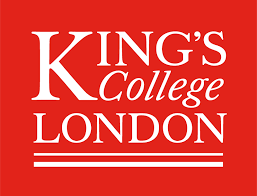The partial occlusion of the pulmonary arteries due to thrombi is a progressive disease leading to heart failure that occurs in a range of pathologies, including submassive pulmonary embolism (PE). Thrombus removal – performed via catheter interventions (e.g. aspiration) or surgical thrombectomy – is efficient, but not devoid of risks for the patient. Long-term success depends on the degree of vascular impairment and the ability of the right ventricle to positively remodel. Identifying reliable biomarkers that can predict procedural outcomes remains challenging. There is a need for predictive models that consider a broader range of variables across hemodynamics and wall deformation. There is also a lack of consensus on how assess if the coupling between the right ventricle and the pulmonary artery will improve post-procedure. The project aims to develop and validate a digital twin combining mechanistic models and machine learning for assessing ventricular uncoupling and predicting post-procedural remodelling in PE patients.
Back to projects
Digital twin for interventional outcome prediction in submassive pulmonary embolism patients undergoing thrombus removal


